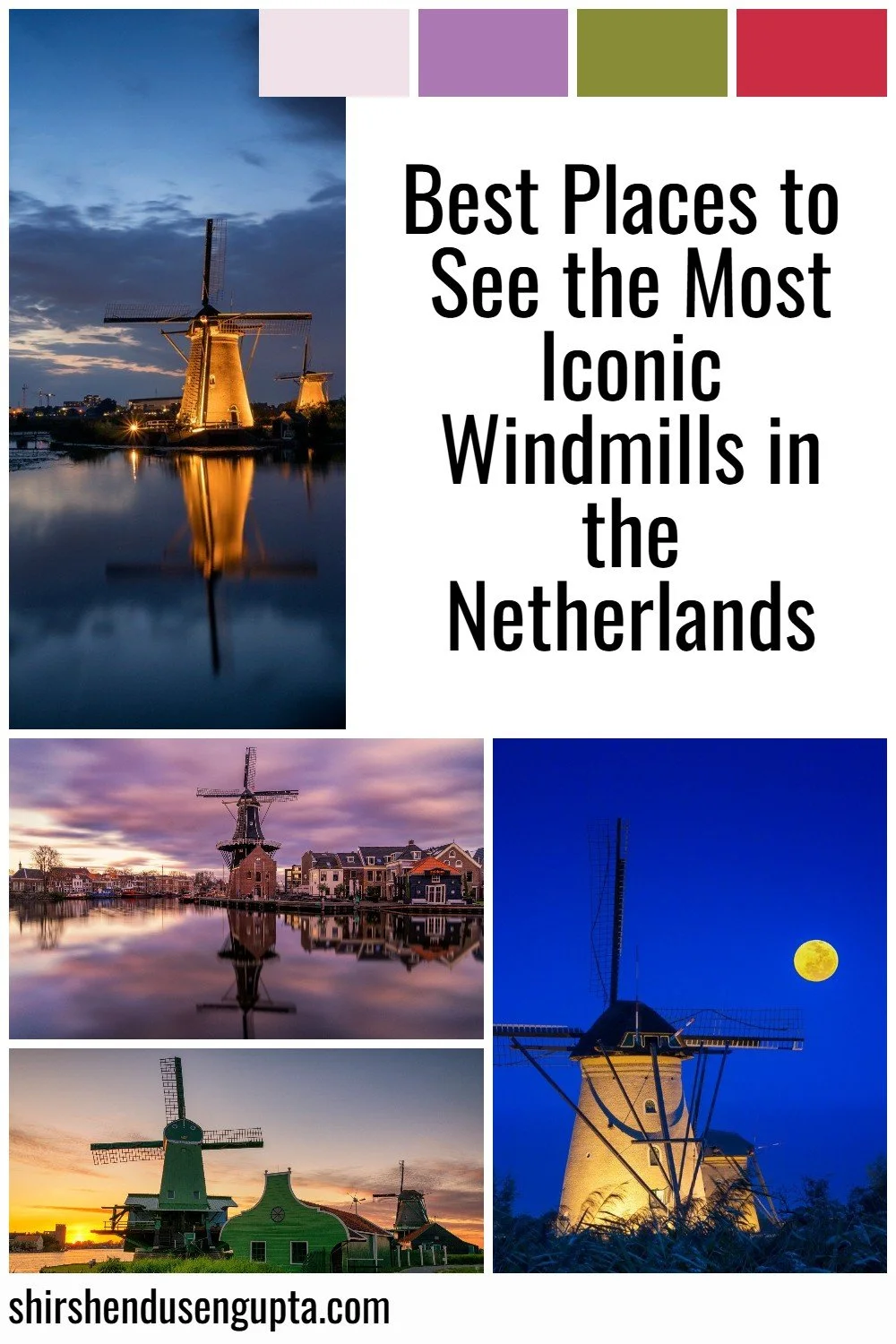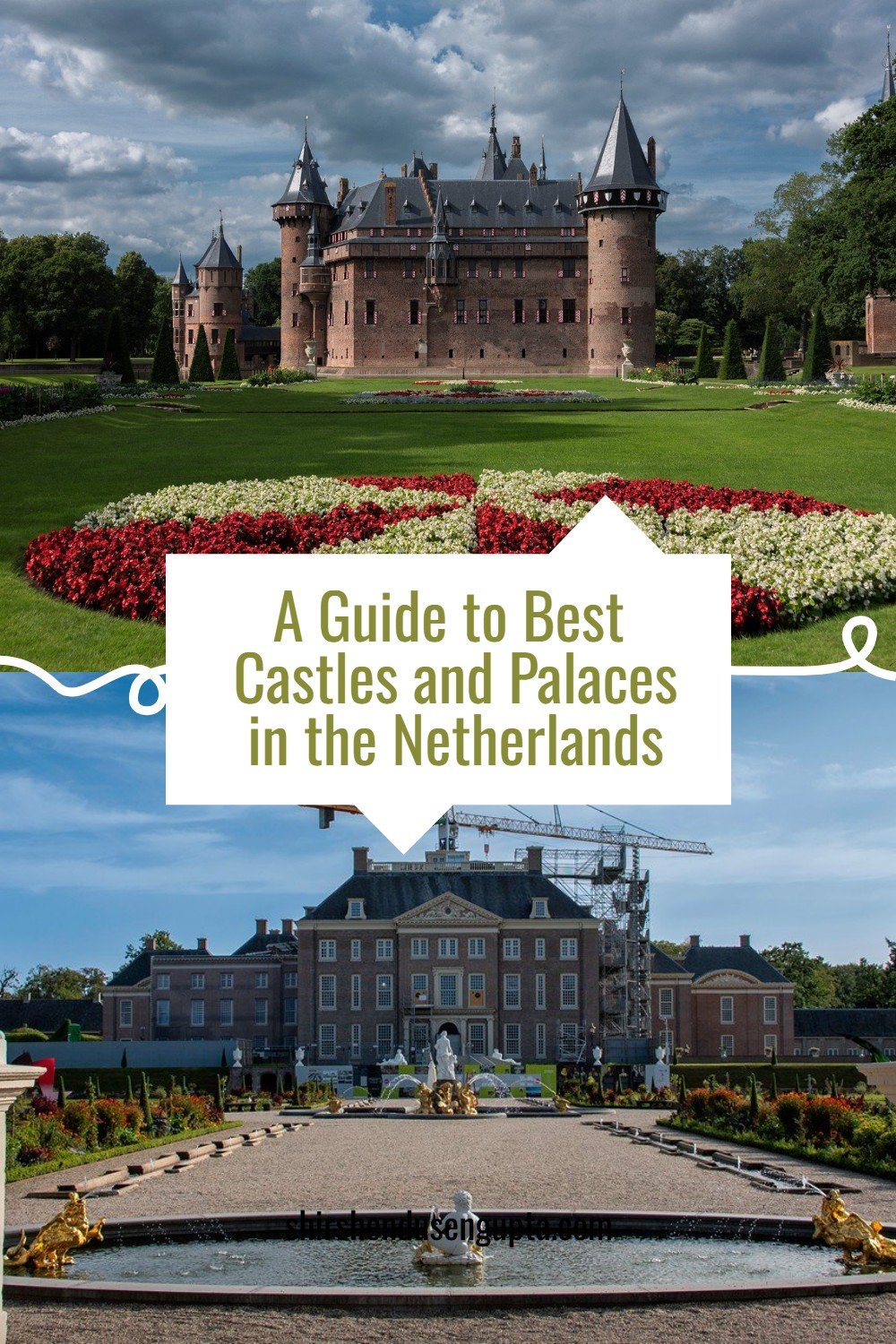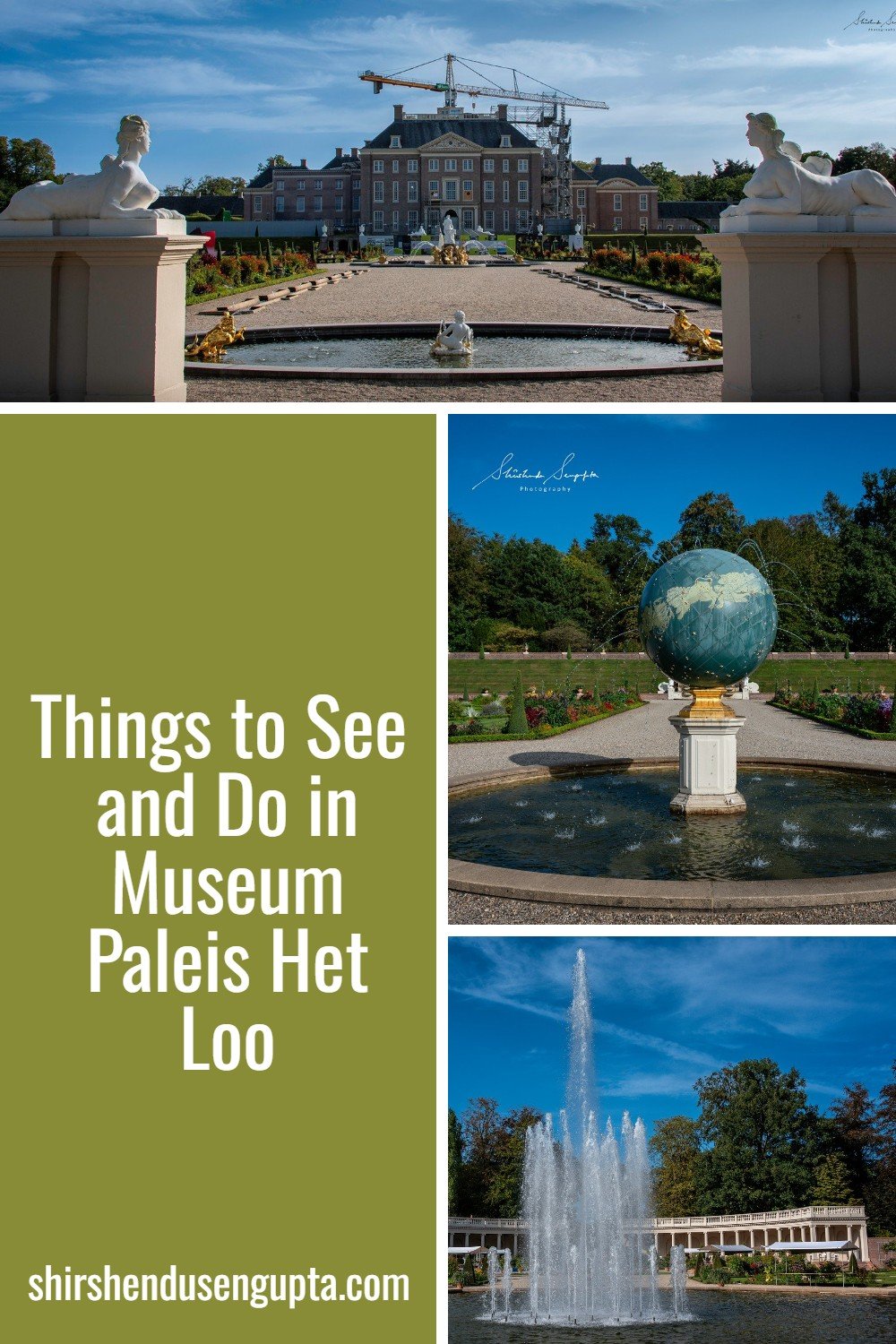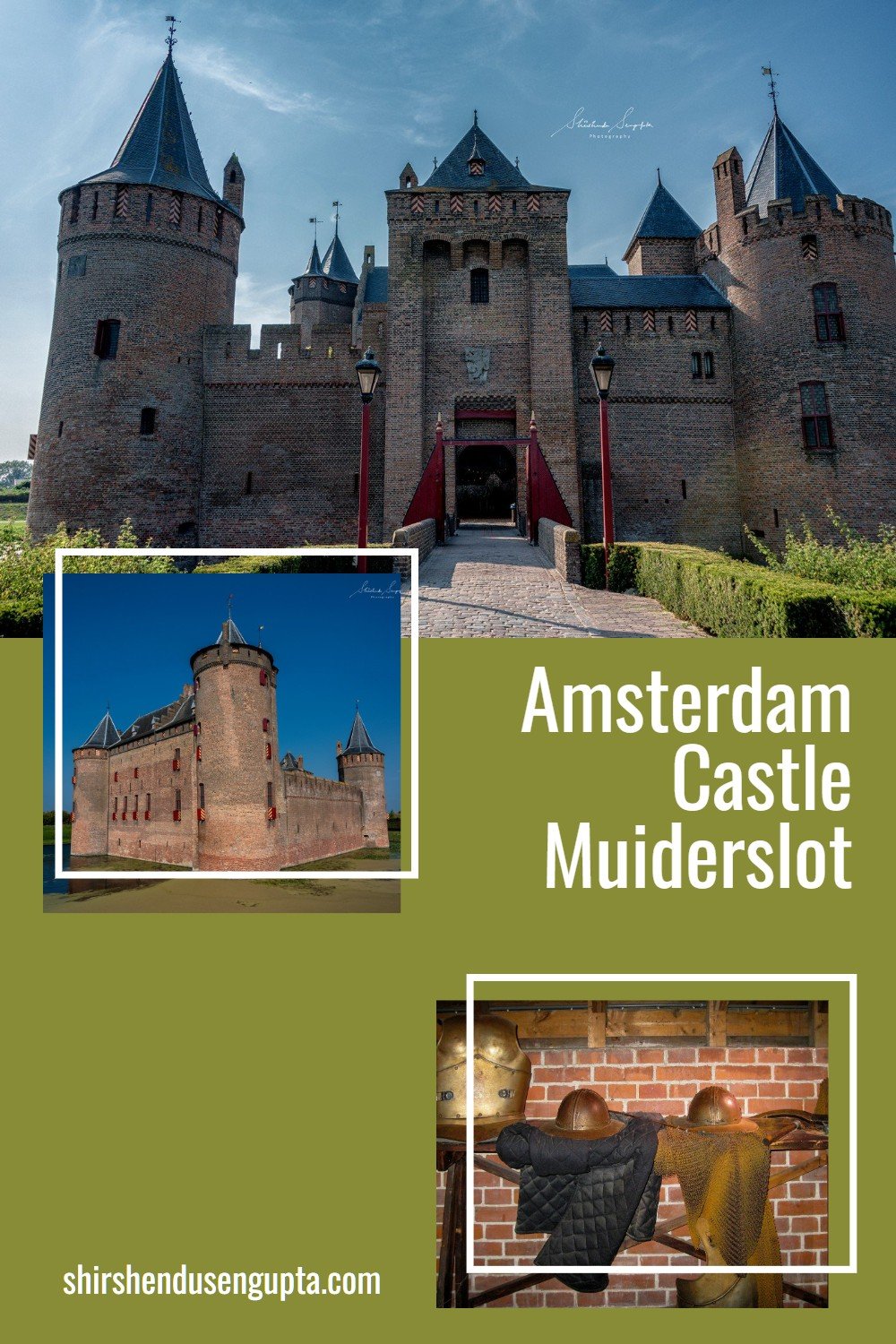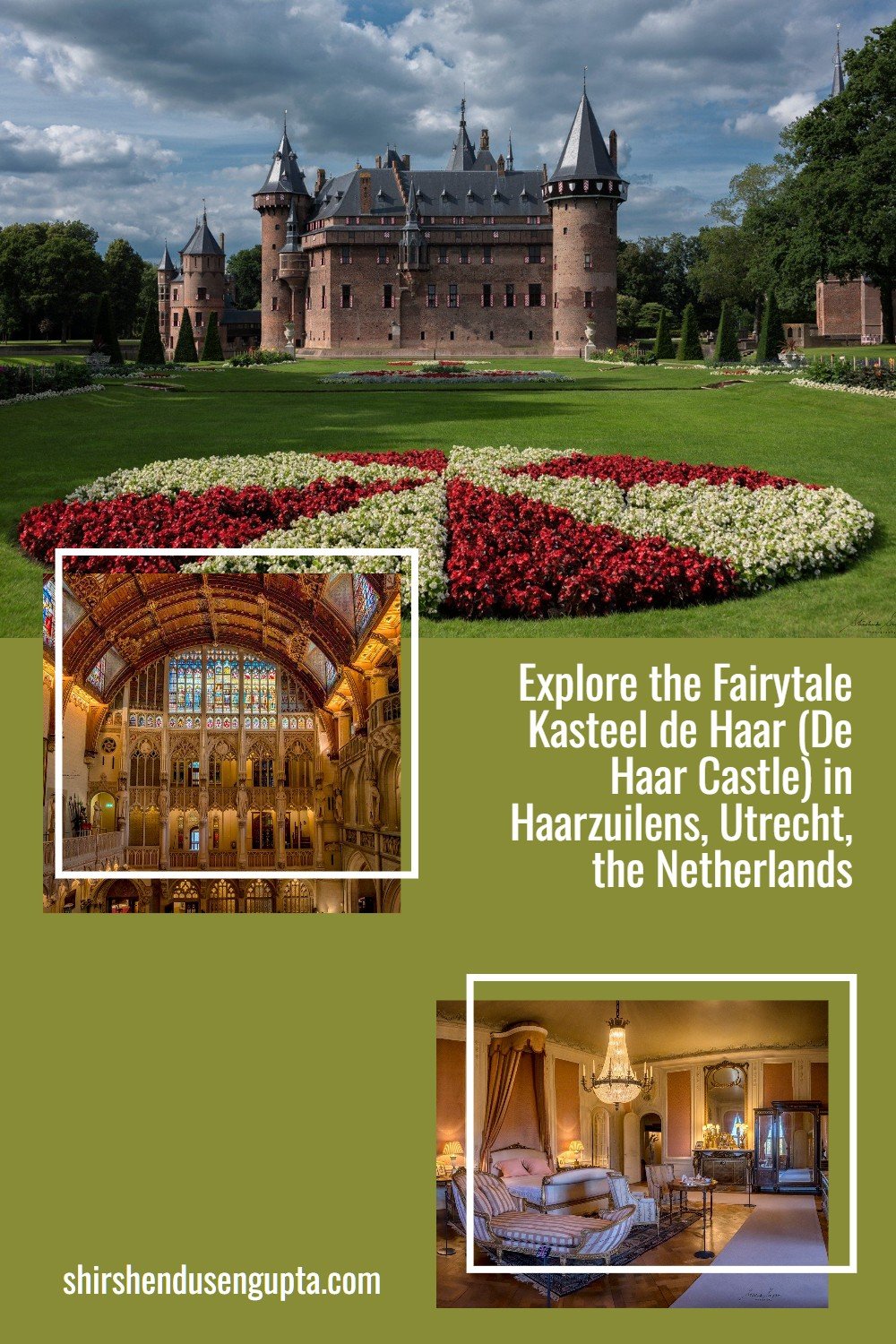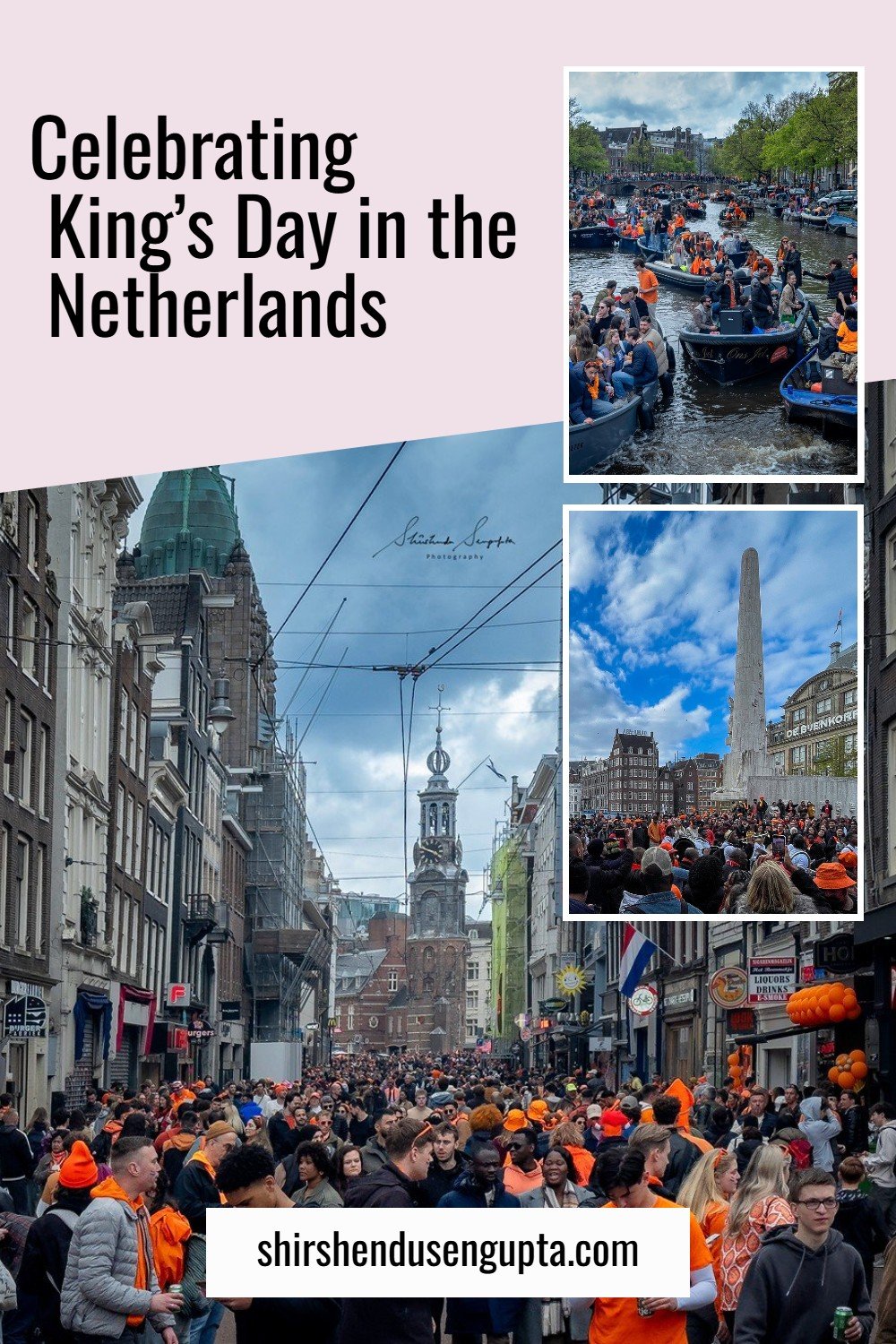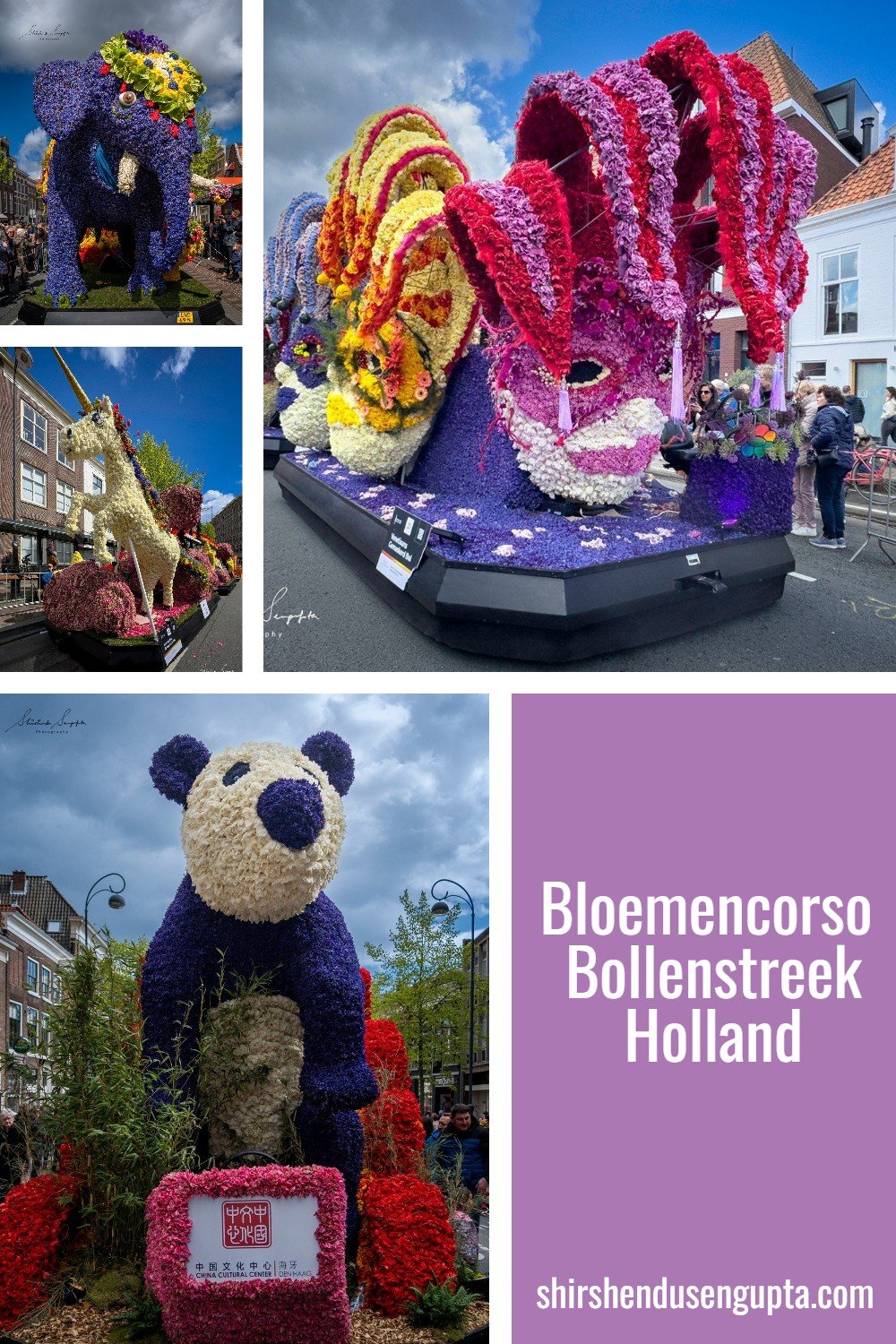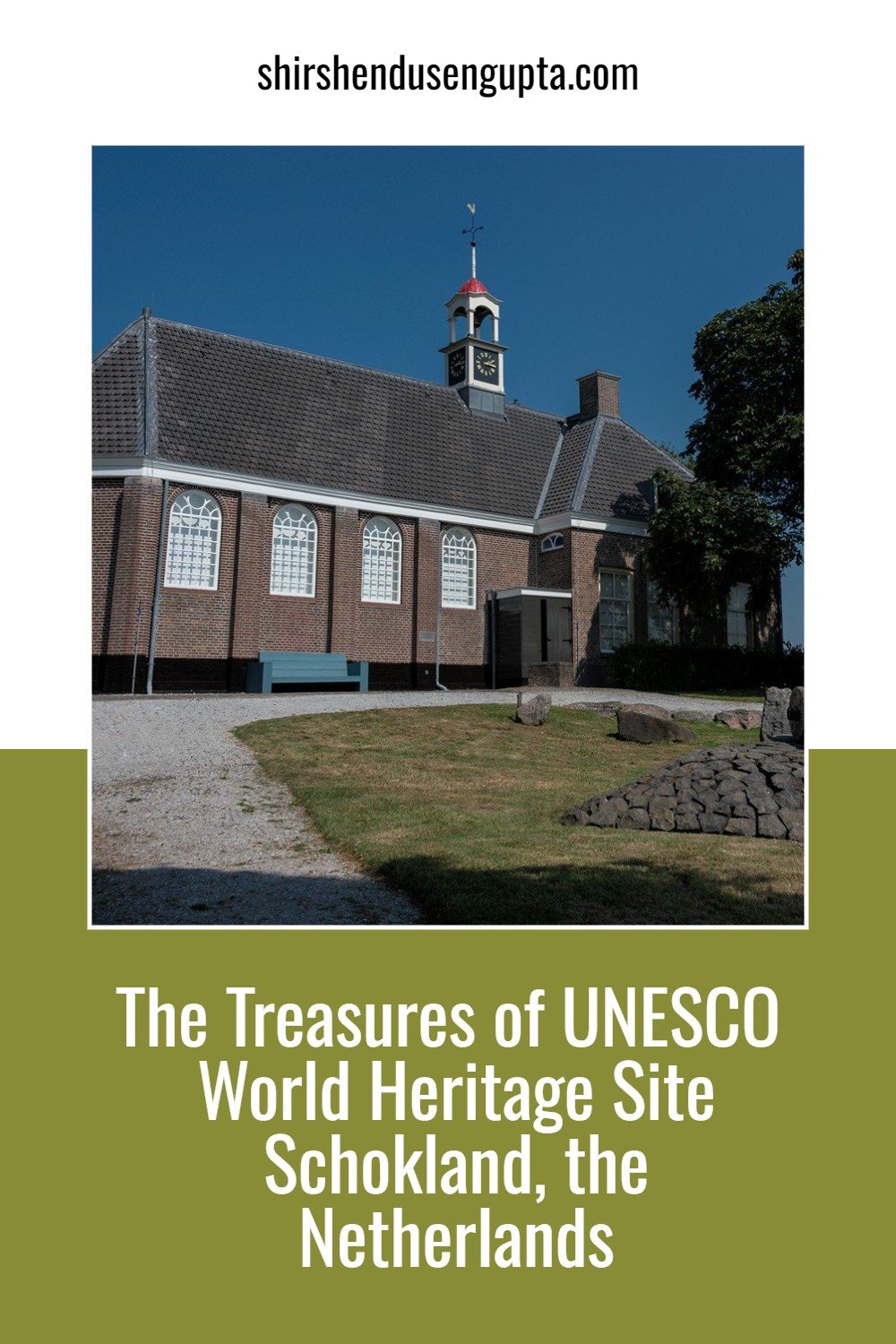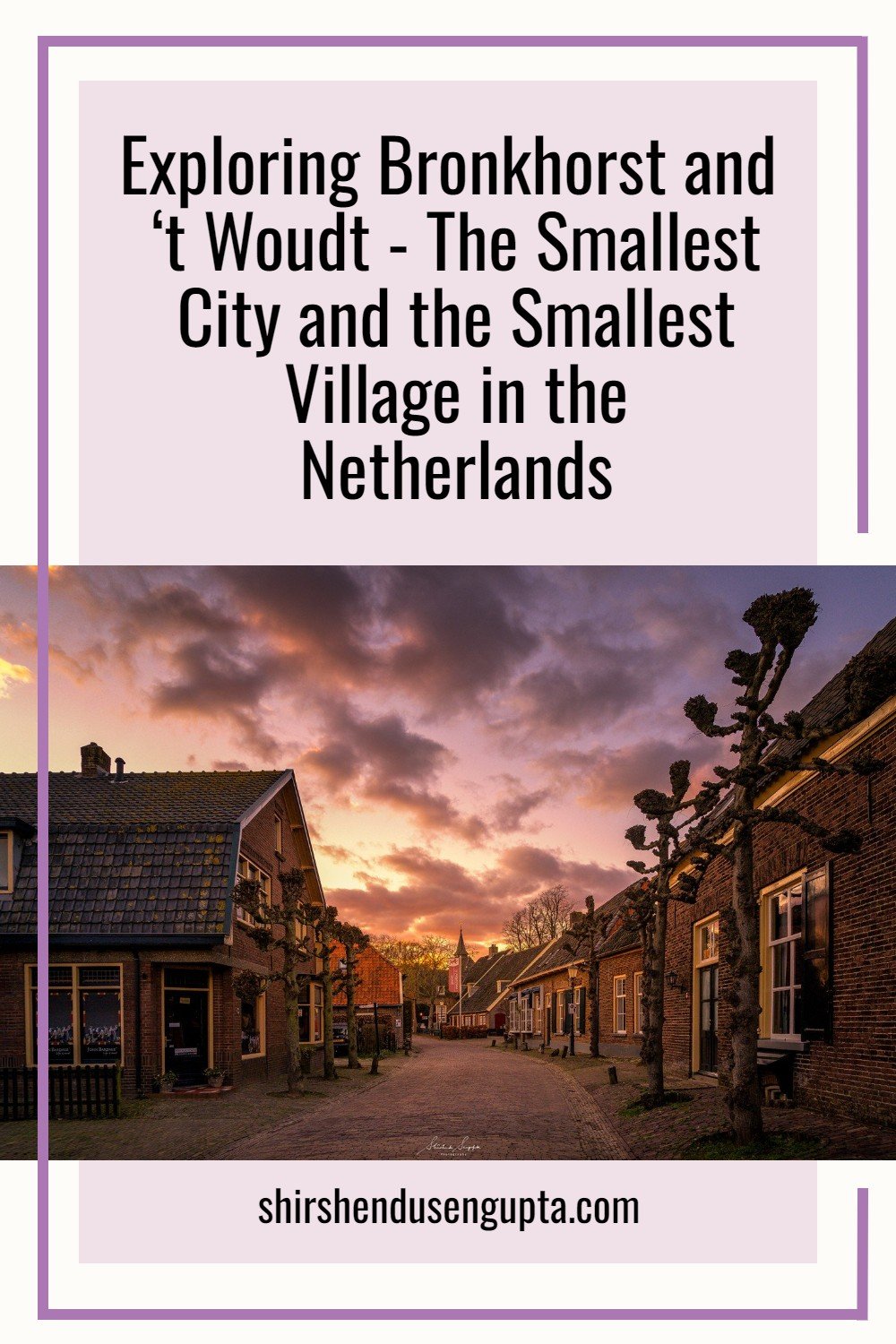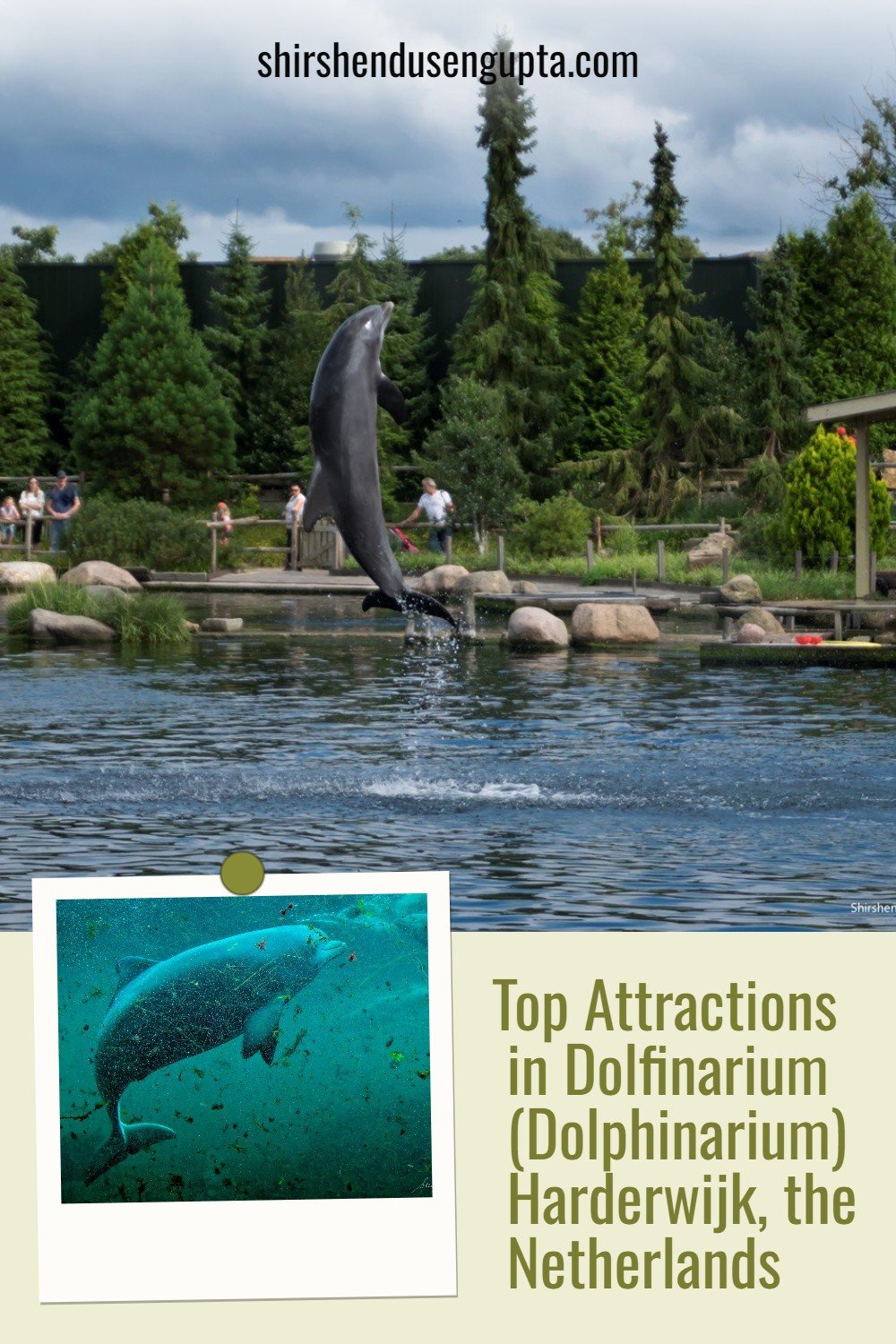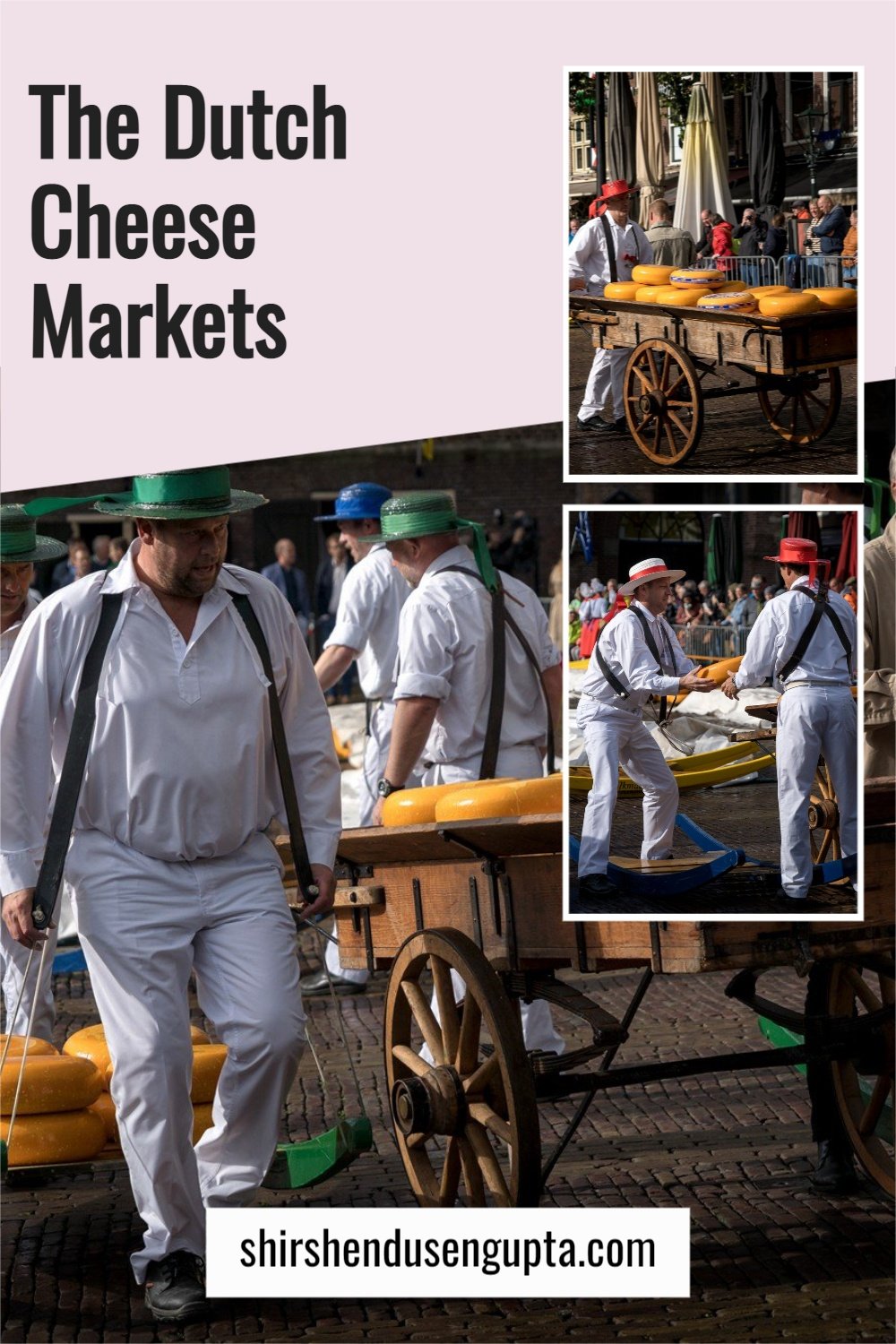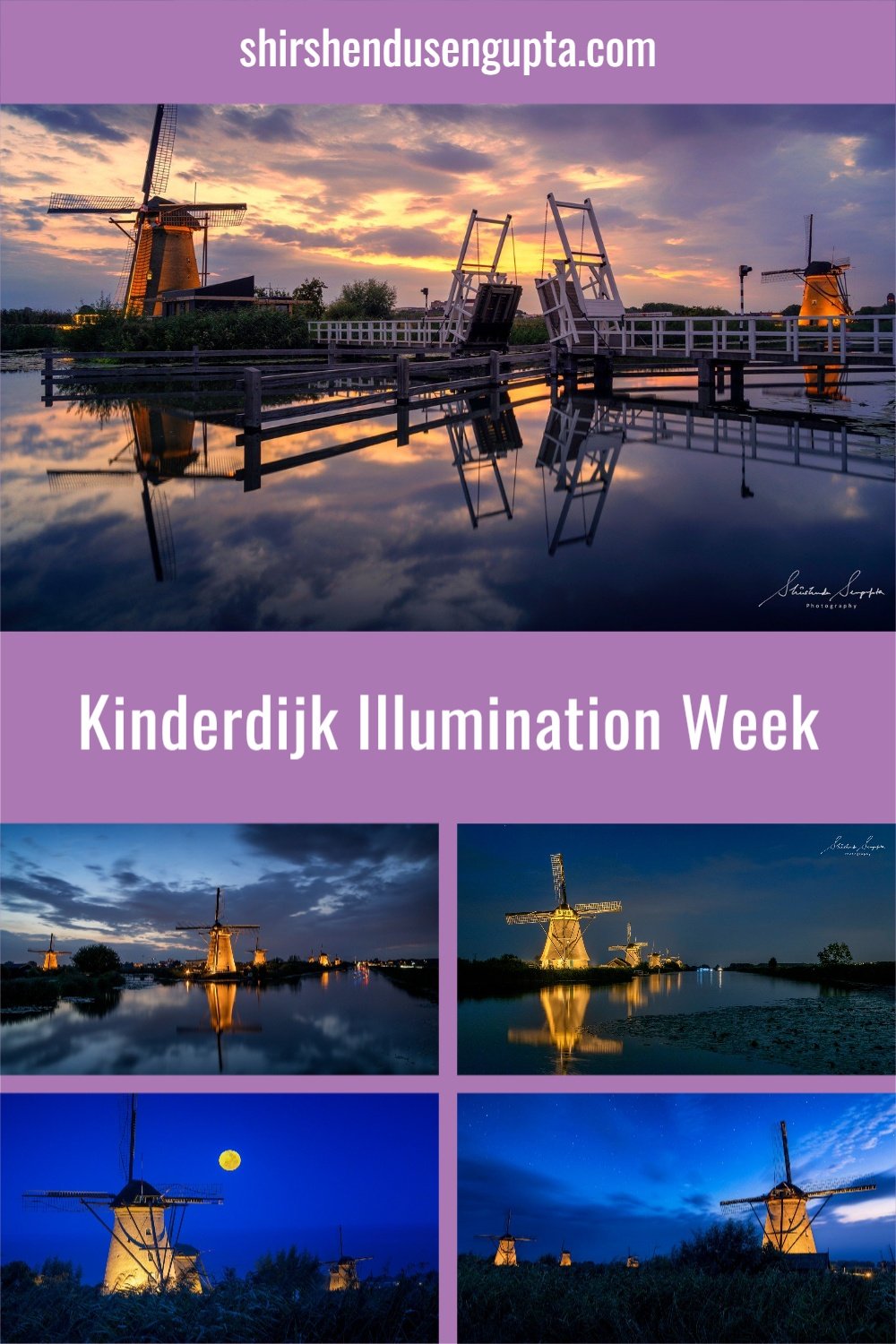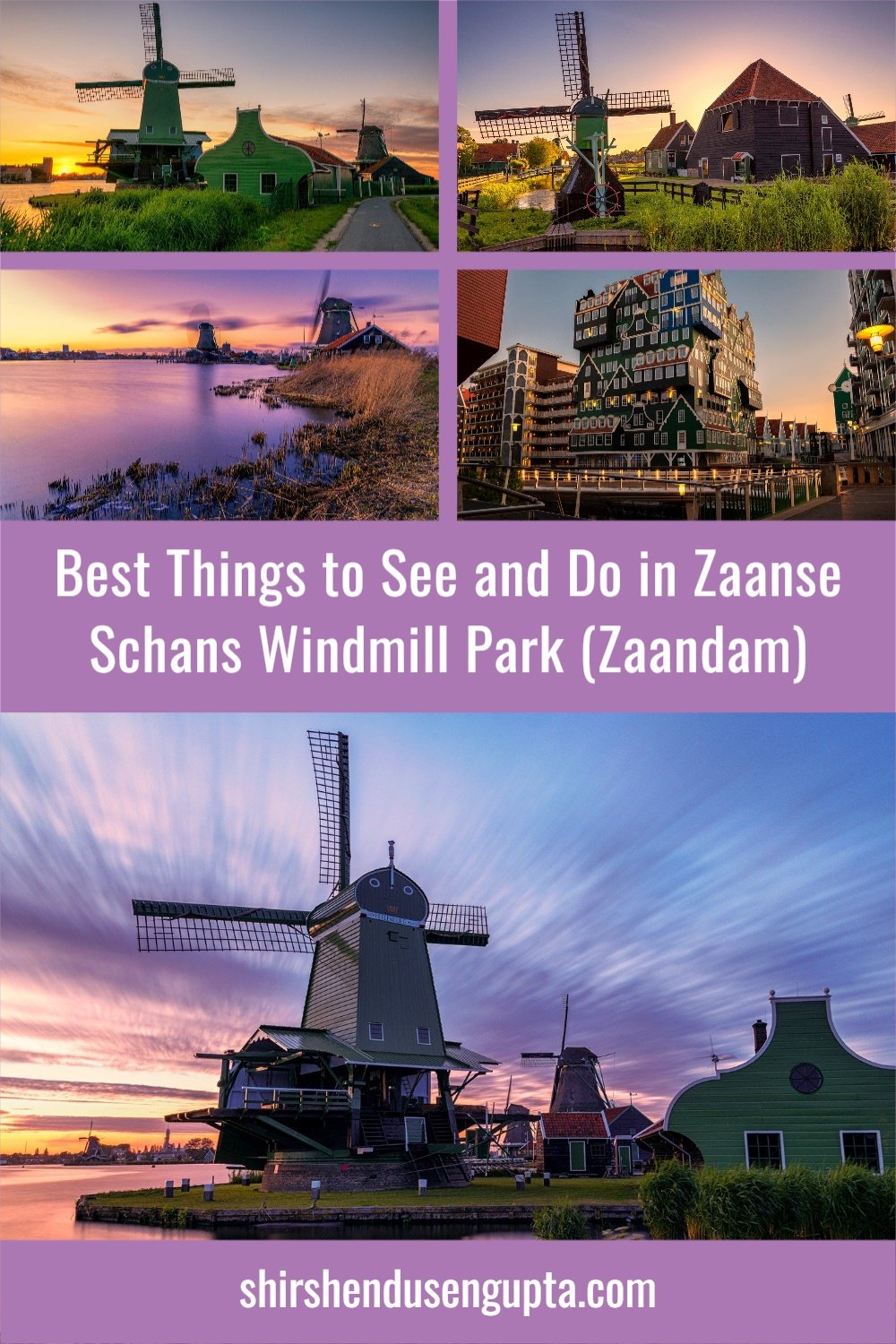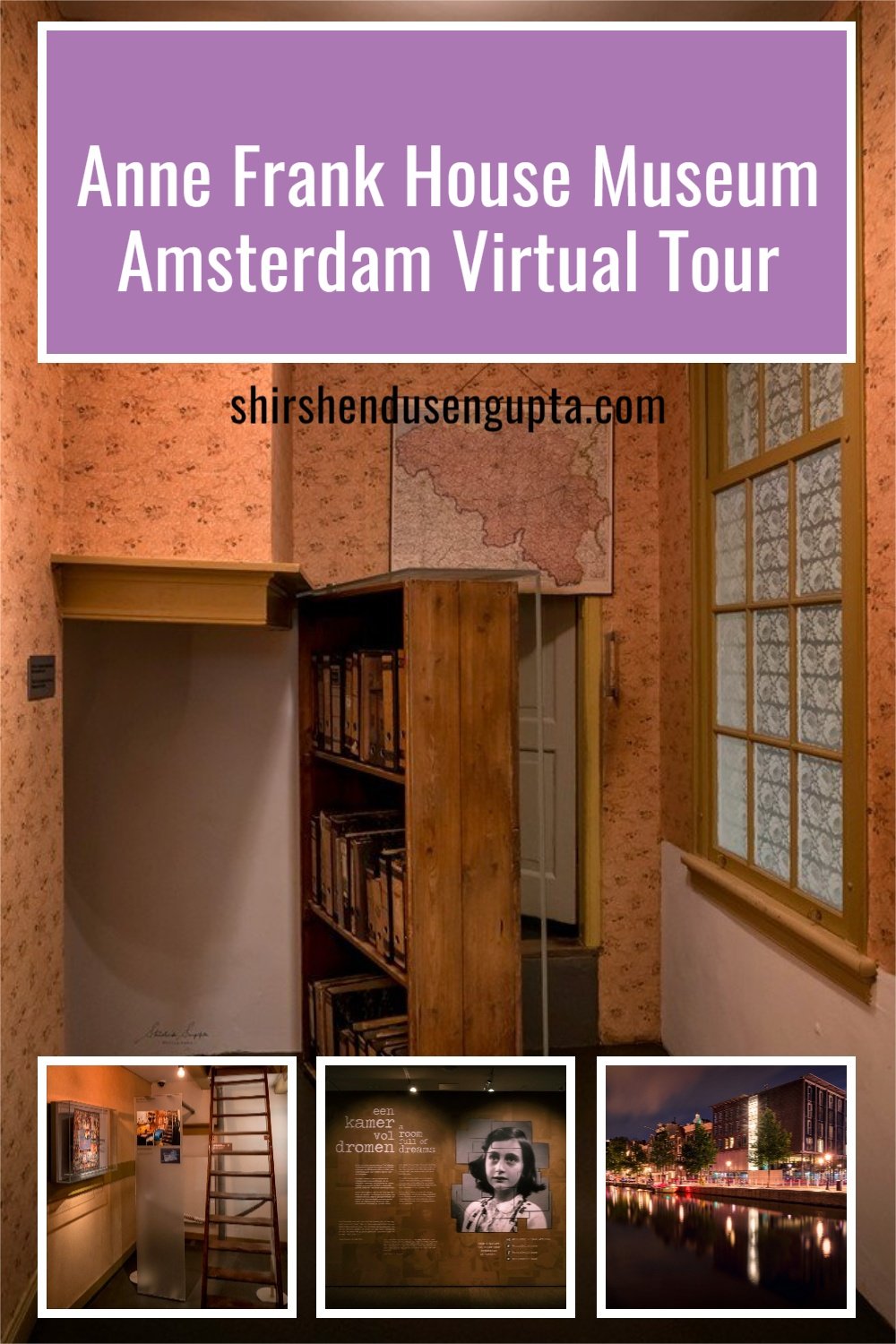12 Best Places to See the Most Iconic Windmills in the Netherlands | 12 Most Famous Dutch Windmills | Visit The Most Beautiful Windmills of Holland
The Windmills of the Netherlands
Many nations have windmills, but the Netherlands has so many of them and they are such a significant part of the nation's industrial and cultural legacy that many people throughout the world associate windmills with the country. From the Middle Ages onward, windmills have been a defining feature of the Dutch countryside. In the heyday of the windmills during the 19th century, there were roughly 9,000 windmills in the country. Even though the Industrial Revolution replaced windmills with steam, diesel, and later electricity, over 1,000 antique windmills, many of which are still operational, still stand throughout the Netherlands thanks to historic preservation initiatives. Today, along with cheese, tulips, and clogs, they are among the most well-known images of Holland. For this reason, visiting a windmill has to be at the top of your travel itinerary when visiting the Netherlands.
A Brief History of the Dutch Windmills
The windmill works on a simple principle. Huge sails rotate in the wind, moving gears and other mechanisms to harness the power of the wind. This way it converts the kinetic energy of the wind to rotational energy that can be used for a multitude of purposes. Since its inception and along its evolution over the centuries, windmills have been used for the following purposes in the Netherlands -
Grain Mills - The earliest mills built around the 12th century were used for grinding grain into flour. In a grain mill, the windmill's sails harness the wind energy, transmitted through a system of shafts, cogs, and belts to drive one or more pairs of millstones that ground grain into a meal.
Polder Mills - By the 15th century, the Dutch invented methods for moving water with wind power. These so-called polder mills rotated massive paddle wheels moving water from low-lying areas to higher channels to be finally diverted towards the sea. By assisting in the reclamation of wetlands and other areas below sea level, these polder mills contributed to the provision of vital farmland and housing for a burgeoning Dutch population. Huge swathes of the country would be underwater if windmills weren't there. In 1589 by the Flemish mathematician, engineer, and polymath Simon Stevin invented the ‘Molengang,’ a collection of windmills erected adjacent to each other to lift water to greater heights thereby creating deeper polders. The Kinderdijk windmill cluster is the most well-known of the ‘Molengang.’ A considerably more efficient method of pumping water namely the ‘Archimedean Screw’ was developed later, which replaced the paddle wheel and eliminated the need for the ‘Molengang’ setup.
Industrial Mills - As wind power technology advanced, it became possible to employ it for industrial purposes in the 17th century. Large, wind-powered sawmills reduced the cost and simplified the process of processing wood. This allowed the Dutch to construct ships quickly, which contributed to their dominance of the sea trade, leading to the prosperity of the Dutch Golden Age. Other industrial uses of windmills included grinding peanut butter, vegetable oils, and pigments to make paint.
Wind Turbines - In modern times, the windmills got a contemporary makeover, appearing as massive white towers on both land and in the sea. In these massive wind turbines, wind energy is directly converted into electrical power.
Why Visit a Dutch Windmill?
A visit to a historic mill is akin to a time travel. Visiting a windmill is not only a scenic experience, but exploring its ingenious construction, and witnessing its gears in operation up close is a fascinating experience that cannot be missed. You can discover a great deal about the Dutch way of life over the past centuries and the history of the Netherlands. Today I’m going to take you along with me on a ride across the 12 most iconic windmills in the Netherlands. Let the journey begin!
12 Best Places to See the Most Iconic Windmills in the Netherlands
1. Zaanse Schans Windmills (Noord-Holland)
The Zaanse Schans is a small Dutch village on the Zaan river 20 km north of Amsterdam, in the neighborhood of Zaandam. It has an open-air museum feel that offers a peek into the Dutch life of the golden ages with its traditional wood houses, vibrant windmills, and workshops. In the 18th and 19th centuries, Zaan was a major industrial area, with hundreds of windmills producing linseed oil, paint, snuff, mustard, paper, and other items. Many of those windmills from across the Zaan region have now been moved to Zaanse Schans, and the distinctive village houses have been converted into museums, souvenir shops, or workshops, while others are still used as private residences.
To know more about Zaanse Schans and how to visit it, please read our article 9 Best Things to See and Do in Zaanse Schans Windmill Park (Zaandam) | All You Need to Know to Visit Zaanse Schans (Zaandam) on a Day Trip from Amsterdam, the Netherlands.
2. UNESCO World Heritage Windmills of Kinderdijk (Zuid-Holland)
In the gorgeous wetlands around Dordrecht, 25 kilometers east of Rotterdam, stands nineteen historic windmills, constructed between 1738 and 1740. The windmills of Kinderdijk were built to pump water out of the low-lying Alblasserwaard polder situated at the confluence of the Lek and Noord rivers, thereby preventing floods in the region. Today, they symbolize centuries-old Dutch engineering for water management. In 1997, they were included in the list of UNESCO World Heritage sites. The Windmills of Kinderdijk are one of the most photographed places in the Netherlands.
To know more about Kinderdijk and how to visit it, please read our article First Timer’s Guide to Visiting the UNESCO World Heritage Windmills of Kinderdijk | Tips on the Best Things to See and Do on a First Time Day Trip to Kinderdijk.
3. Molen de Adriaan (Noord-Holland)
The Adriaan windmill is a smock mill near the center of Haarlem erected in 1778 on an ancient protective tower's structures. Owing to its picturesque place on the Spaarne river and its excellent height, De Adriaan was an essential part of Haarlem's character for centuries until 1932, when the windmill dramatically burnt to ashes. Through the efforts of the locals, De Adriaan has now been restored. The sight of old Haarlem from the platform above the river is spectacular and not to be missed.
4. Dokkum Windmills (Friesland)
With well preserved fortified town walls, stepped gables, canals, and drawbridges, the historic city of Dokkum instantly takes you back a few centuries. In spring, the walking routes, bridges, and strongholds are lined with blooming flowers creating one of a kind ambiance. The most Instagram-worthy spot of all is the two working Dokkum windmills standing on the western side.
If you want to know about other hidden treasures in Friesland, please read our article Discover Friesland | 9 Best Places to Visit in Friesland, the Netherlands.
5. Leiden Windmills (Zuid-Holland)
Leiden, a small city located 30 minutes south of Amsterdam by rail, hosts 9 working windmills. It's an excellent site to visit a few windmills and see how they function. While some of Leiden's mills are open to the public only for special events during the year, 3 are open to the public on a regular basis. The greatest and most convenient location to begin learning about Leiden's history with windmills is probably Molen De Valk, also known as "The Falcon." Situated atop the city of Leiden's ramparts, it is the final surviving mill of the original 19.
Molen De Valk is a comprehensive museum that provides visitors with an excellent insight into both its own history and the purpose of windmills around the nation. It is conveniently located just a five-minute walk from Leiden Centraal station. Built of stone, the wheat mill was built in 1743 to replace a previous wooden mill located on the same site. One of the tallest windmills in the Netherlands, it was formerly home to two families who were in charge of running it. In 1966, following the passing of the final miller, the mill was converted into a museum. The museum offers a tour of the family quarters, which are furnished in period style, a film explaining the operation of windmills, broad exhibits detailing their history and use, and an up-close look at their inner workings. When the wind permits, the sails rotate, and grain is occasionally still pounded into flour.
For more information on opening hours and ticket prices, please visit their website molenmuseumdevalk.nl
Molen de Valk
Situated in close proximity to the historic city center of Leiden, Molen De Put is thought to have been owned by the father of renowned painter Rembrandt van Rijn, who was born only across a little drawbridge from the windmill. The city chose to reconstruct the original 1619 wheat mill after its foundations were located after the barracks were closed in the 1980s. The original mill was lost long ago. A group of dedicated volunteers maintain and run the historic replica, which reopened in 1987. They are there to give tours of the windmill and respond to inquiries from tourists. It is worthwhile to visit this windmill because it is considerably smaller and constructed significantly differently than Molen De Valk. Every time the windmill is operating, volunteers continue to grind grain into various types of flour that are sold with mementos.
For more information on opening hours and ticket prices, please visit their website molendeput.nl
Molen de Put
6. World’s Tallest Traditional Windmills of Schiedam (Zuid-Holland)
Schiedam, home to the five tallest traditional windmills in the world, rose to prominence as the global center of "jenever," or Dutch gin, in the 18th century. The windmills played an important role in the production. Built higher than the surrounding structures, these cylindrical "tower stage" mills captured the airflow required to turn the sails. The city of Schiedam was home to 400 distilleries by 1880. Up to 20 windmills were in use at the peak of the 19th century, grinding a variety of grains that were subsequently supplied to nearby distilleries. Of the 20 mills that formerly stood tall right here in the historic old town, only 7 remain now. 6 of them are situated in the heart of Schiedam, within walking distance of one another; one mill is located outside the city, and one more is a covert, newly constructed contemporary mill from 2005.
Molen de Noord (world’s tallest traditional windmill) with Molen de Palmboom visible at the backdrop
De Nolet Windmill - The tallest wind turbine in the world built as a traditional Schiedam Windmill
7. Schermerhorn Windmills (Noord-Holland)
The Schermerhorn Museum Windmill is located in North Holland’s agricultural Schermer region. In the seventeenth century, it was part of a massive land reclamation project. 52 mills were constructed at that time to create polders or areas made of drained water. Currently, 11 of the mills remain intact. You may watch the mill in operation and learn everything there is to know about the unique history of land reclamation with wind power at the Schermerhorn Museum Mill. A massive 6-meter (20-foot) Archimedean screw was present in every polder mill. Each mill could easily pump 60,000 liters (15,850 gal) of water a minute uphill from the polder into the canal when the wind was favorable. Nearly every floor of the Schermerhorn Museum Mill is open for exploration, including the miller's and his family's apartment. Additionally, the platform offers a stunning perspective of the Schermerpolder, which spans more than 47 sq. km (18 sq. miles).
For more information on opening hours and ticket prices, please visit their website museummolen.nl
8. Keukenhof Windmill (Zuid-Holland)
The famous Keukenhof Gardens, located in Lisse, in the Bollenstreek (Flower Strip) area, is home to the towering Keukenhof Mill. The mill was originally constructed as a polder mill in Scharmer in 1892. As a gift from the Holland-America Line, the mill was relocated to the Keukenhof location in 1957. The mill at Keukenhof is just ornamental, but it's a breathtaking sight, especially when surrounded by tulip gardens of all different colors.
To know more about Keukenhof Gardens and how to visit it, please read our article De Mooiste Bloemenroutes van Nederland | 4 Best Road Trip Flower Routes around Tulip, Daffodil, and Hyacinth Bulb Fields in the Netherlands.
9. Netherlands Openluchtmuseum Windmills (Gelderland)
The Netherlands Open Air Museum in Arnhem showcases ancient houses, farms, and factories from all around the Netherlands. It is a national museum dedicated to the culture related to common people's daily lives. It covers key aspects of Dutch history from The Dutch East India Company to the First World War, slavery, and child labor. The fascinating outdoor museum has a few gorgeous windmills scattered throughout, and they're all really cute. The Netherlands Open Air Museum was founded on April 24, 1912, and opened to the public in July 1918. Over the last century, it has grown to become one of the country's most visited museums. The museum receives almost 555,000 visitors each year.
For more information on opening hours and ticket prices, please visit their website openluchtmuseum.nl
10. Molen van Rolde (Drenthe)
The smallest mill in Drenthe is located in Rolde; it was built in 1873. The Assen-born millwright Hunse constructed this ground sailor mill as a grain and hulling mill to replace an earlier one that had burned down on August 26, 1872. With just four bakers as clients, the mill's previous owner intended to close the windmill before the Second World War. It was either to destroy or to preserve. The Dutch Mill Association spearheaded efforts to save it, and following the war, funds were obtained for a significant repair. Lack of materials made it challenging, yet it was successful. The Rolde mill remains proud to this day!
These days, volunteer millers run the mill, an occupation that UNESCO has designated as an intangible cultural heritage. The mill is open to the public on Saturdays for free when guests can take in the experience of an operating mill. The millers are pleased to share their expertise and enthusiasm with curious guests since they take great pride in their craftsmanship. In addition, the mill sells original mill flour, which makes for wonderful pancakes, making it a favorite destination for pancake aficionados.
You can also combine your visit to Molen van Rolde with a visit to the dolmens (stone henges) D17, D18, and the largest dolmen in the Netherlands D27 which are all a short drive from the windmill. To know more about the dolmens of Drenthe and how to visit them, please read our article A Complete Guide to Visiting All 54 Prehistoric Dolmens (Hunebedden) of Drenthe and Groningen in the Netherlands | Dolmen (Hunebed) Route with Map, Information, Tips, and Tricks.
11. Bronkhorster Molen (Gelderland)
A few houses, a water pump, a tiny museum, a restaurant, a shop, and medieval city rights - Bronkhorst in the Netherlands is only a true city because of the latter. It is known to be the last location in the Netherlands to have obtained city rights. Today, it has a population of only 150 residents.
From 1482, the year Bronkhorst obtained the city rights, there stood a wooden windmill. The lordship of Bronkhorst held the right to use the it until 1795. It was mandatory for the people living in Bronkhorst to grind their maize at this mill (molendwang). In 1803, Jan Breukink purchased the mill from FA Graaf van Limburg Stirum. The mill burned down on the night of May 17–18, 1844. The present stone mill was constructed as a replacement for the burned-out mill by Jan Breukink’s son Christiaan and his wife Wendelina Hermina Kets. Up until 1860, Breukink's widow held ownership following his passing. The mill was put to use as a grinding device right after World War II. The mill succumbed to deterioration when the sails were withdrawn.
A committee began raising funds in 1958 with the goal of partially restoring the mill. Finally work was finished in 1960. As the first mill in the Netherlands, the mill received rotation premiums and a counter with which the axle revolutions could be read. Thus, the government helped to keep the mill running even though it was still owned by private individuals. This construction gave rise to a conflict, which caused the mill to come to a standstill again. To break the deadlock, Ir W. ten Duis then purchased the mill and set it in a foundation. The mill was able to reopen when the foundation was able to access several funding sources.
To know more about Bronkhorst and how to visit it, please read our article Exploring Bronkhorst and ‘t Woudt | The Smallest City and the Smallest Village in the Netherlands.
12. Delta Works Windmills of Vrouwenpolder (Zeeland)
Vrouwenpolder has developed into a true tourist destination situated very close to the Delta Works. Diverse people visit: water sport enthusiasts, bathers, and various Zeeuws, all of whom enjoy the wide beaches. Divers, as well as kiters and kite surfers, have figured out their favorite sites. On the sandy coast beach, there's a vast list of organized activities, including kite surfing and SUP. To know more about Delta Works' history coupled with a water theme park experience, I recommend you visit the Deltapark Neeltje Jans (neeltjejans.nl) where if you are lucky you may see the tired sea dogs resting in the evening after a long sunny day! And if you want to explore more such hidden gems in the Netherlands, please read our article Netherlands Off The Beaten Track | 39 Best Hidden Gems in the Netherlands.
Visiting the Netherlands
Best Time to Visit: The best seasons to travel to the Netherlands are spring (April to May) when tulips are in full bloom and early fall (September to October) when beautiful fall colors are everywhere. The weather is mild and pleasant during these times, and the crowds are generally smaller compared to the peak summer season (June to August).
Number of Days to Stay: Seven to ten days are perfect for touring the Netherlands. This allows you to visit major cities like Amsterdam, Rotterdam, and The Hague, as well as explore smaller towns and attractions such as Utrecht, Haarlem, Maastricht, and the tulip fields. It also gives you time to experience the Dutch countryside and iconic windmills.
Best Place to Stay: Amsterdam, the capital of the Netherlands, is a great place to start your Dutch exploration. It has a large selection of accommodation options, ranging from high-end hotels to inexpensive hostels. Major attractions in the city include the Rijksmuseum, the Anne Frank House, and the Van Gogh Museum. For those seeking a more contemporary urban experience, Rotterdam is a fantastic choice because of its modern architecture and vibrant cultural scene. Additionally, it is a significant transportation hub that facilitates travel around the country. Den Haag (The Hague) which is the seat of the Dutch government and the International Court of Justice, is home to many historical landmarks, museums, and beaches. For those who like to avoid the bustle of the bigger cities, Utrecht is a wonderful option because of its convenient central location and quaint medieval old town. It has excellent train connections to various regions of the nation.
Best Way to Arrive: Amsterdam Airport Schiphol, one of Europe's busiest airports, serves as the primary international entry point into the Netherlands. It is connected to numerous international destinations. The Netherlands has excellent train connections to its surrounding nations. Amsterdam is connected to cities like Brussels, Paris, London, and Berlin via international trains like Thalys, Eurostar, and ICE. Numerous international bus companies, including FlixBus, run services from different European cities to the Netherlands. You can also drive to the Netherlands by car, especially if you want to explore the surrounding regions. There is a vast road network throughout the nation, and airports and major cities offer car rental services.
Best Local Mode of Conveyance: The Netherlands has a first-grade public transportation system consisting of buses, trains, trams, metros, and ferries. A contactless smart card called the OV-chipkaart is used to board all public transportation. Nederlandse Spoorwegen (NS) runs the trains, which are the most convenient means of transportation between cities. In addition to ridesharing services like Uber, taxis are accessible in all major cities. The Netherlands is well-known for its cycling culture, featuring bike-friendly infrastructure and designated bike lanes all around the nation. Cities in the Netherlands are very walkable, especially the central areas of Amsterdam, Utrecht, and The Hague. In cities like Amsterdam, canal boats are a popular way to see the city from a different perspective. Various companies offer canal cruises and water taxis.
Epilogue
So that brings us to the end of our journey across the 12 most iconic windmills in the Netherlands. Please let us know in the comments below if you enjoyed reading this article. And until we meet next time, I wish you merry traveling and happy shooting!
Pin the article
Bookmark the article for reading later!
Want to license/buy photos in the article?
License photos for commercial/editorial use or buy photo prints!
Want us to write an article for you?
Articles for magazines, newspapers, and websites!
Watch our Videos
Check out our videos on our Youtube Channel!
Join the Newsletter
Get updates on our latest articles!
We respect your privacy. Read our policy here.

